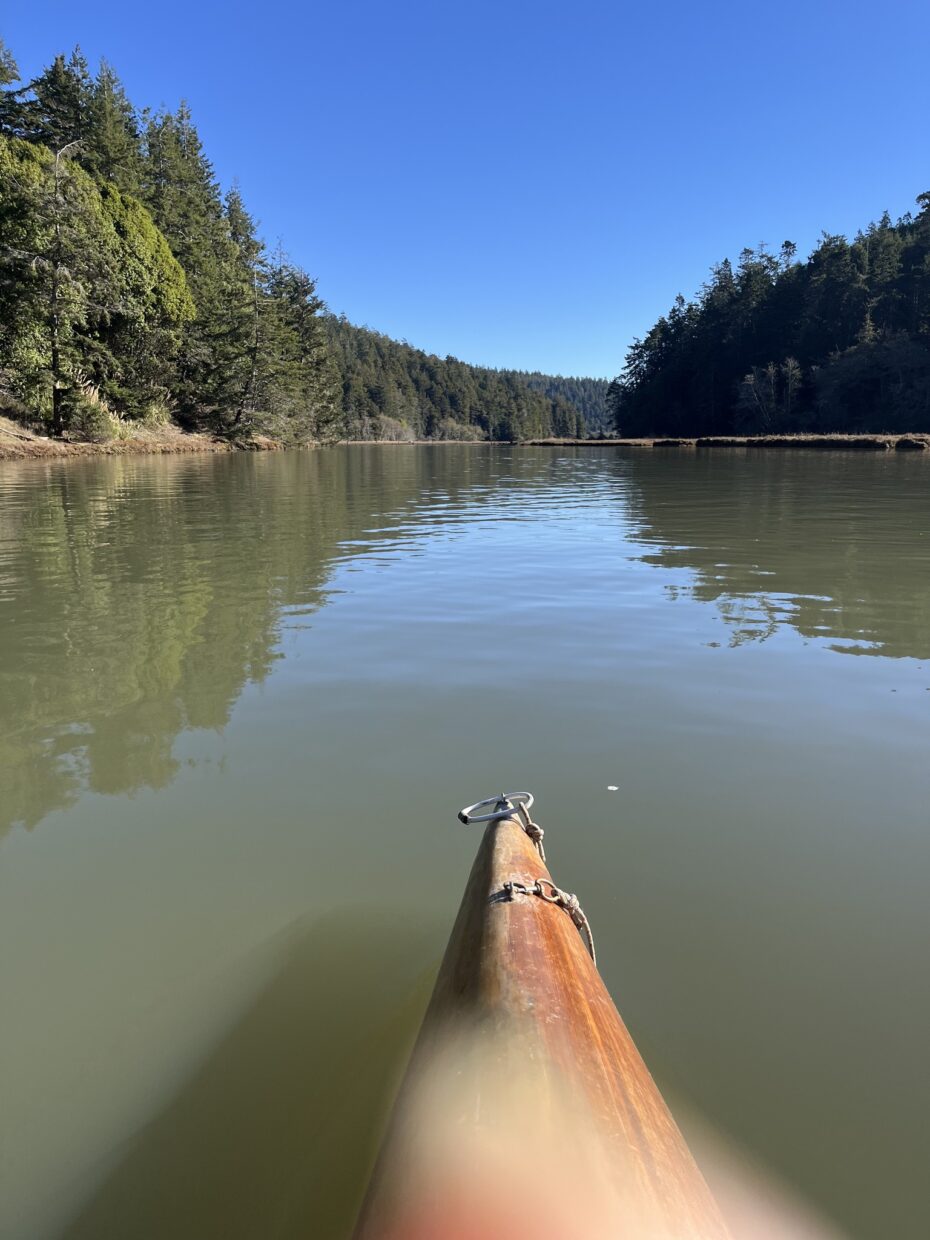“You play fast and loose with the rules of war, Monsieur.”
“I play to win, Monsieur.”
–Horatio Hornblower
The jury is still out (literally!) at Nima Momeni’s trial for the murder of CashApp tech executive Bob Lee during a nighttime outing. A couple of interesting litigation moments–particularly defense strategy during closing arguments–have caught my attention, and I did a bit of punditry about this for the SF Standard (FYI, in an effort to simplify my life with multiple work/school/demands, I’m doing a lot less punditry than I used to–if you recall, during the first Trump administration, I was on TV multiple times a week–but this stuff caught my attention because of the interesting evidentiary and procedural questions it brings up).
Here’s a summary of the legal issue: The prosecution’s story is that Momeni had it in for Lee because he believed Lee had placed Momeni’s sister in the (abusive) hands of Lee’s drug dealer, who sexually assaulted her. Momeni brought a knife with him to the outing, planning to fatally stab Lee. The defense’s story is that Lee pulled the knife on Momeni after Momeni made a “bad joke,” and Momeni managed to take the knife from him and stab him in self defense.
To strengthen their respective stories, prosecution and defense relied on video evidence. The prosecution showed a video in which Momeni made stabbing motions. The defense showed a computer animation depicting the events as they occurred according to Momeni’s version. Take a look at this video:
In the last few years, opening and closing arguments are accompanied by ubiquitous PowerPoint presentations, and increasingly by video evidence, but this marks a first for me in terms of quality and verisimilitude. It features the date and location of the incident in a way that makes it feel “real” or “official” (see the still take at this post’s heading), and it incorporates the texts between Lee and Momeni, lending it more credibility. The two computer-animated figures are dressed the same as the people were in the real video, and there’s a transition from animation to real video that feels natural and seamless. This has made me worry that, in a world that increasingly blends the line between fake and real, more and more trials will include such reenactments at closing that might confuse some jurors into thinking that they are seeing evidence, rather than a story.
But that’s not the only edgy evidentiary issue that came up at this trial. On day two of closing arguments, the defense showed a video in which Lee and one of the prosecution’s witnesses, Bo Mohazzabi, could be seen taking cocaine “bumps” off of a shiny object. Defense attorney Zangeneh stopped the video and called out, “This is the knife!” If, indeed, that object is the knife, that bolsters the claim that what happened to Lee was not planned in advance–that Momeni stabbed Lee with Lee’s own knife–and therefore strengthens the self-defense claim.
Here’s the thing, though: the closing argument was the very first time that the jury saw this video. Trial coverage suggested that the video had not been entered into evidence, in which case it would’ve been an unethical–and illegal–move to show it to the jury (and I was surprised that the prosecution did not object.) But SF Standard reporter Beki San Martin (who did a great job with the coverage!) asked the defense what the deal was, and it turns out that the video *was* in fact introduced as evidence. The prosecution received it from SFPD during the murder investigation and agreed to enter it into evidence, but made the strategic choice not to show or discuss it when presenting evidence.
This, of course, changes matters. It means that the defense’s choice not to bring this up during trial spared them the adversity they might have encountered had the prosecution had the time to impeach the evidence. Lee’s ex-wife says he only took cocaine bumps off of a metallic shirt collar stay and, had the prosecution been privy to the defense’s intent to show the video, they probably would’ve put her on the stand. I have to say, I find the idea of snorting anything off a knife strange and dangerous (wouldn’t you be worried about stabbing your own nose?) but I’ve never snorted cocaine and perhaps there’s something I’m missing. Jurors might come to the same conclusion, who knows. Zangeneh avoided this risk of impeachment by sitting on the evidence. Does this feel disquieting in the sense that the jury’s been bamboozled a bit and not given a chance to carefully consider the evidence? Sure. Is it illegal or unethical? No, it’s strategic.
Which raises the second question: was it an error on the part of the prosecution not to show the video themselves, giving them an opportunity to dispel a possible argument that it was a knife before the defense made it? Maybe, but during trial every side always makes quick decisions like this, and it’s possible that they, too, made a strategic decision not to make too much of the video, which could be akin to telling the jury not to think about a pink elephant.
If the jury ignores the video debacle, what they’ll be left with is the DNA analysis of the knife: the handle has Momeni’s DNA on it and the blade has Lee’s. It’s not a big knife–the blade is only 3.5 inches long–which makes the DNA findings just a bit too neat. Moreover, and weirdly, it seems that the knife was not analyzed for fingerprints, nor was it analyzed for presence of drugs. This matters because ,if there’s no cocaine on the knife, then that’s not a knife we see in that video, period, but we’re never going to know this if it hasn’t been tested.
After the verdict comes in, I hope the lawyers–and if not them, the media–interview the jurors and figure out how they parsed the knife issue. I, for one, am on the edge… of my seat.


